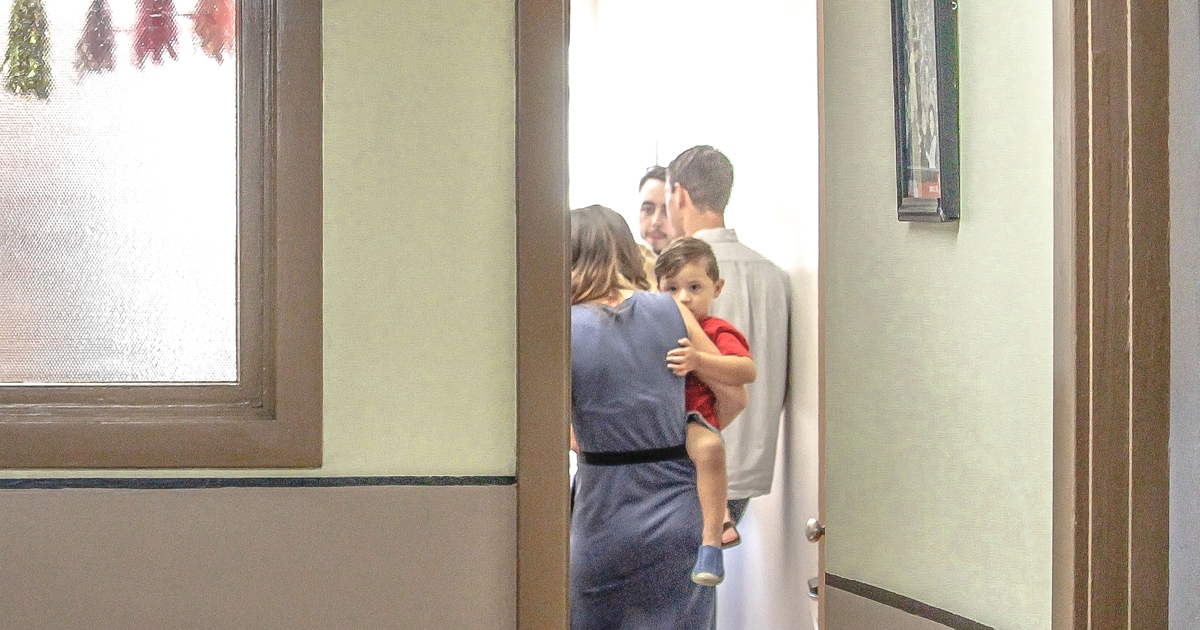
Siloing became a part of church environments during the seeker movement of the last generation. The idea was to pack everything into an hour’s time frame. Because it wasn’t seeker friendly and didn’t fit into the one-hour time frame, classes for Christian formation (Sunday School) for everyone disappeared. Consequently, adults went to worship while children’s ministry happened simultaneously, and youth groups often had their own worship service.
To many, this seemed like a good idea at the time. After all, each group was getting discipleship centered on their developmental levels and learning styles all squeezed into the “acceptable” time frame of an increasingly fast-paced society.
Few could foresee the inevitable downside of losing a major portion of the younger generation—especially when children and youth ministries appeared to be flourishing.
So why did this happen? We forgot two important considerations.
- Paying attention to child and adolescent development.
- Understanding the human social reality that shared experiences lead to a shared story and identity.
Developmentally, preschoolers want to emulate adults. They want to do what they see us doing. So, if we are worshipping, they want to worship with us. But we need to get this down to bitesize pieces they can live into. Grade schoolers want to belong. The best way to do this is to invite and empower them to participate and in the ministry and mission of the church including worship. It doesn’t mean they necessarily need to be present for all of worship, but worship should be designed so they can both participate and lead. And by age ten, their spiritual moorings are already in place.
But what if children are not empowered and invited to participate? That lack of shared experiences with the body will lead to a lack of shared story or identity with the body, and the unfortunate result is children drifting off as they enter adulthood.




